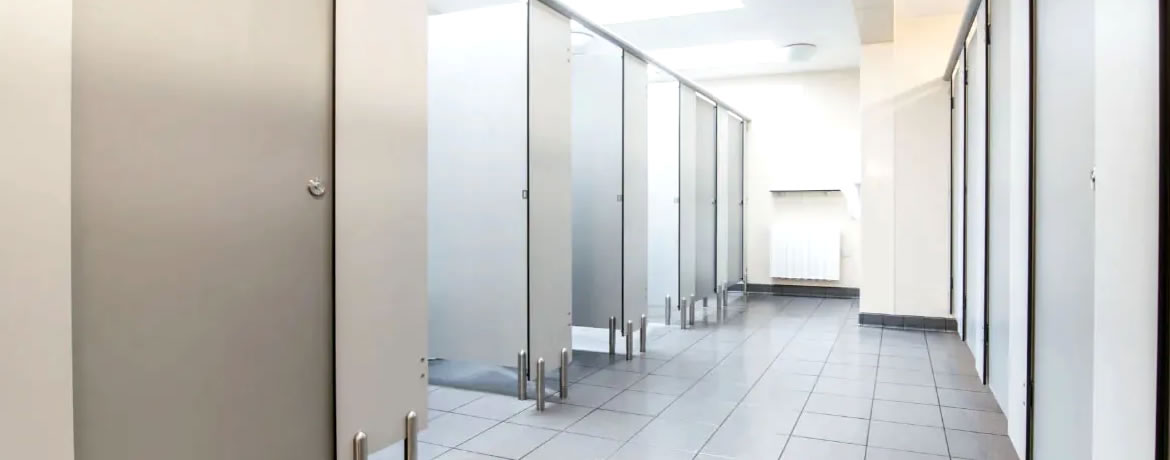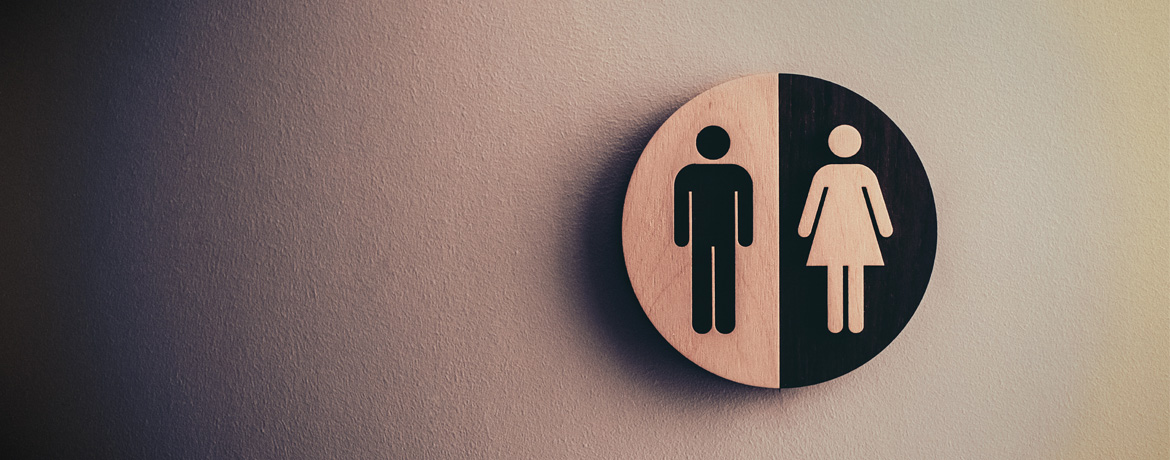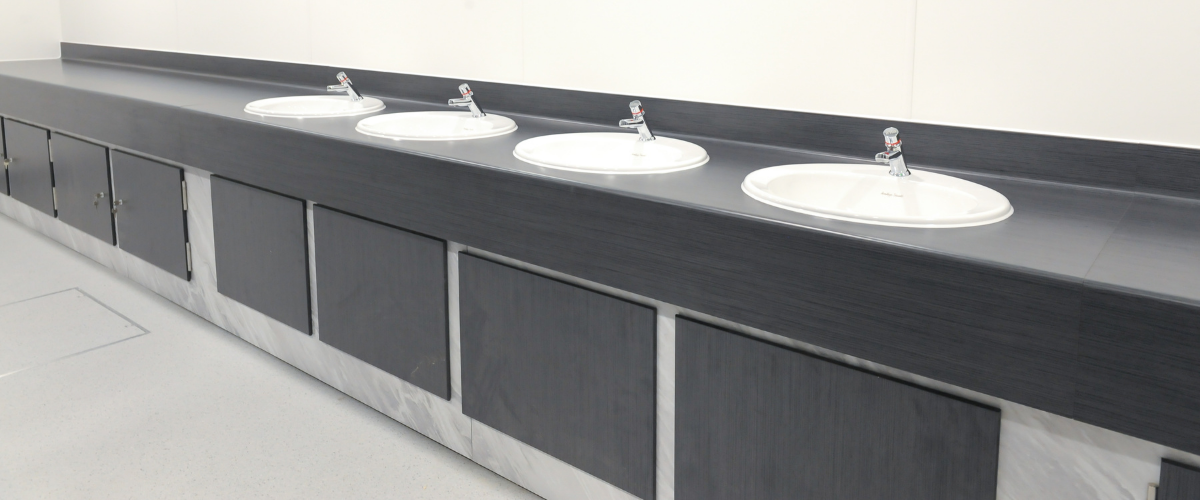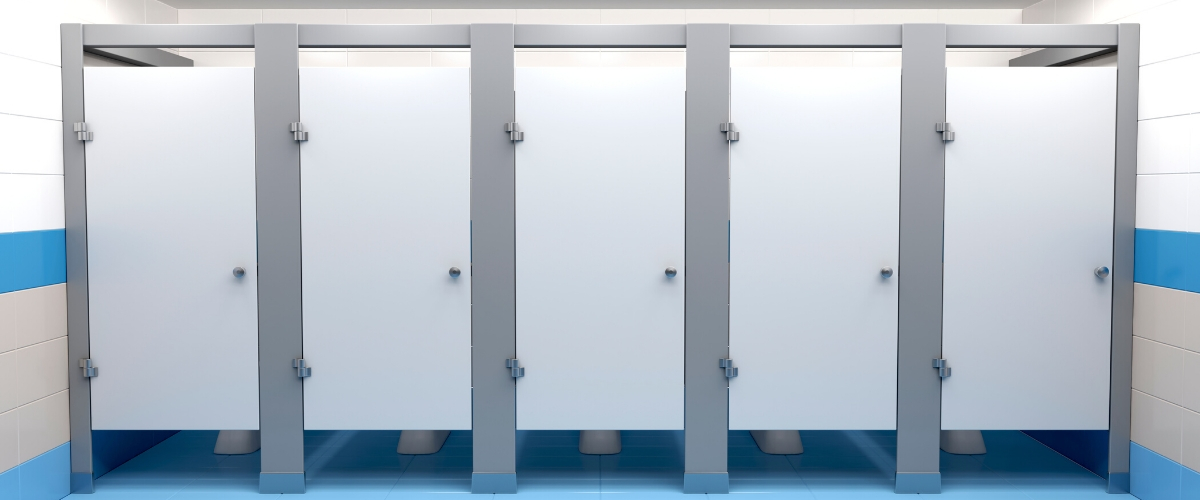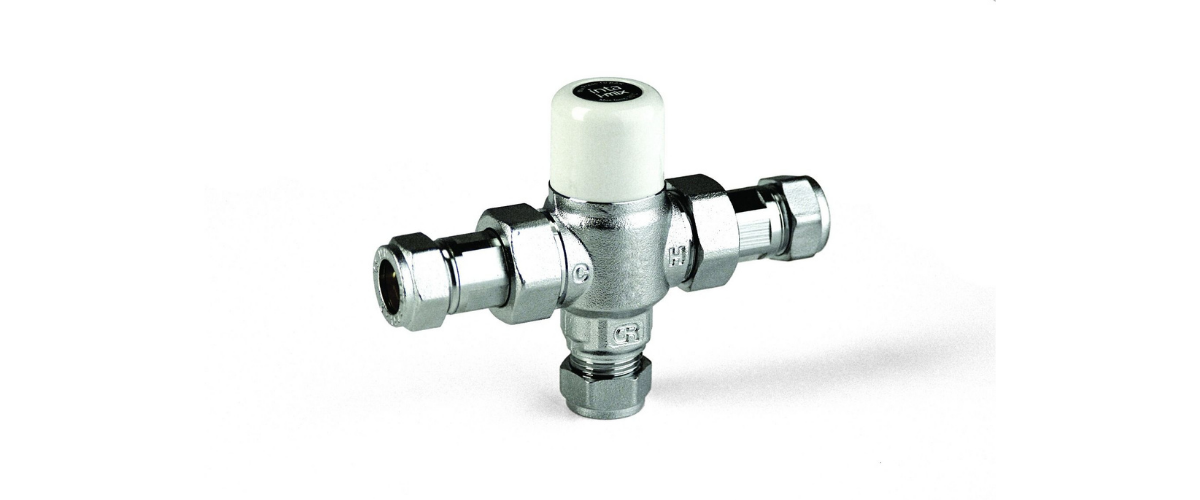How to Unclog a Commercial Urinal
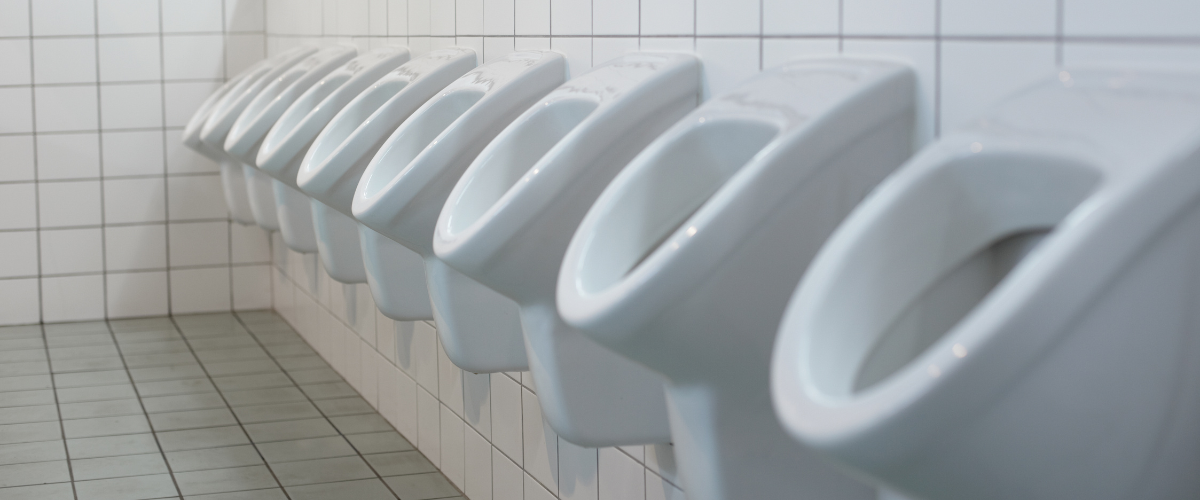
In the management of a commercial washroom, one of the most important things to keep on top of is the hygiene of your washrooms; particularly when it comes to keeping toilets and urinals clean. With this in mind, we have provided a simple, step-by-step guide to take you through how to effectively clean and unclog commercial urinals in your washrooms.
Unclogging the Urinal
- Before getting started, make sure that you’re taking steps to promote hygiene while working on the urinal, such as wearing a clean pair of rubber gloves, or a face mask. The gloves will protect you from bacteria, and the mask can help to protect you from some of the unpleasant smells that might accumulate while unclogging the urinal.
- Next, you need to remove any pieces of debris from the urinal, such as urinal blocks or splash guards.
- Then unscrew the waste cover and remove it from the drain hole. Some waste covers are not tied down with screws, but are simply held in place with tension; in this case, you might just need to pull the cover off to remove it.
- Place your plunger over the waste point at the base of the urinal; preferably a standard plunger with a flexible cup that will properly fit over the whole of the waste.
- Pump the waste cover with the plunger around ten times, or until you start to hear the drainpipe making any noise. If you hear it making noise, that’s most likely a sign that the blockage is easing, and the drain is emptying out.
- Now you simply need to test the urinal flush to see if you have successfully cleared out the blockage. If the water flushes away, then you have unclogged the urinal.
Snaking the Drain
However, you might find that simply plunging the urinal won’t have any effect on the blockage; in this instance, you might need to snake the drain instead.
- Get a drain auger to snake the drain and remove tougher blockages; a tool with a drum and strong cable that you feed through a drain to break blockages up. It has a coil at the end to catch any materials to prevent them from blocking your drain line further down after they're dislodged. A drain auger can be found at most DIY stores.
- Pull out a few feet of the cable to start off with, insert the cable into the drain opening and start turning the handle. This will feed the coil down the drainpipe; keep turning the handle even if you feel some resistance.
- Depending on the size of your auger, stop turning the handle after you've reached the last 3–4 ft of the coil in the drum. Then, slowly turn the handle in the opposite direction to begin pulling the coil back through the drainpipe, and inspect the top of the cable once completed to see if you trapped anything on the tip.
- Depending on the type of blockage, your coil might not have pulled anything out of the pipe. This doesn't mean that you didn't clear the blockage, however. If there's a load of grime on the coil, it's possible that you didn't get all of the blockages. Clean the coil off by hand and repeat the process just to be safe.
- Once again test the urinal by flushing it, if the water all flushes away as it should, then you will have finally cleared away the blockage.
Should a blockage remain we recommend contacting a professional drainage company for further advice.
That concludes this simple, step-by-step guide on how you can successfully clear away any blockages in your washroom’s urinals. If you were perhaps looking to purchase or install new urinals in your commercial washroom, you can see our full range of commercial urinals here.
This article has been written in good faith as a helpful guide; please consult your manufacturer's installation manual for a full maintenance guide. Maintenance of the washroom products sold on the Commercial Washrooms website should only be carried out by fully trained and qualified tradespeople.
MORE TO EXPLORE IN Related Posts

Twyford Spectrum Concealed Urinal
As low as £193.20 £161.00

Twyford Clifton Urinal for Exposed Cisterns
As low as £157.20 £131.00
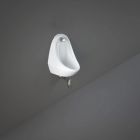
RAK Jazira Urinal Pack Exposed or Concealed Cistern
As low as £79.20 £66.00

RAK Series 600 Concealed Trap Urinal
As low as £99.60 £83.00


